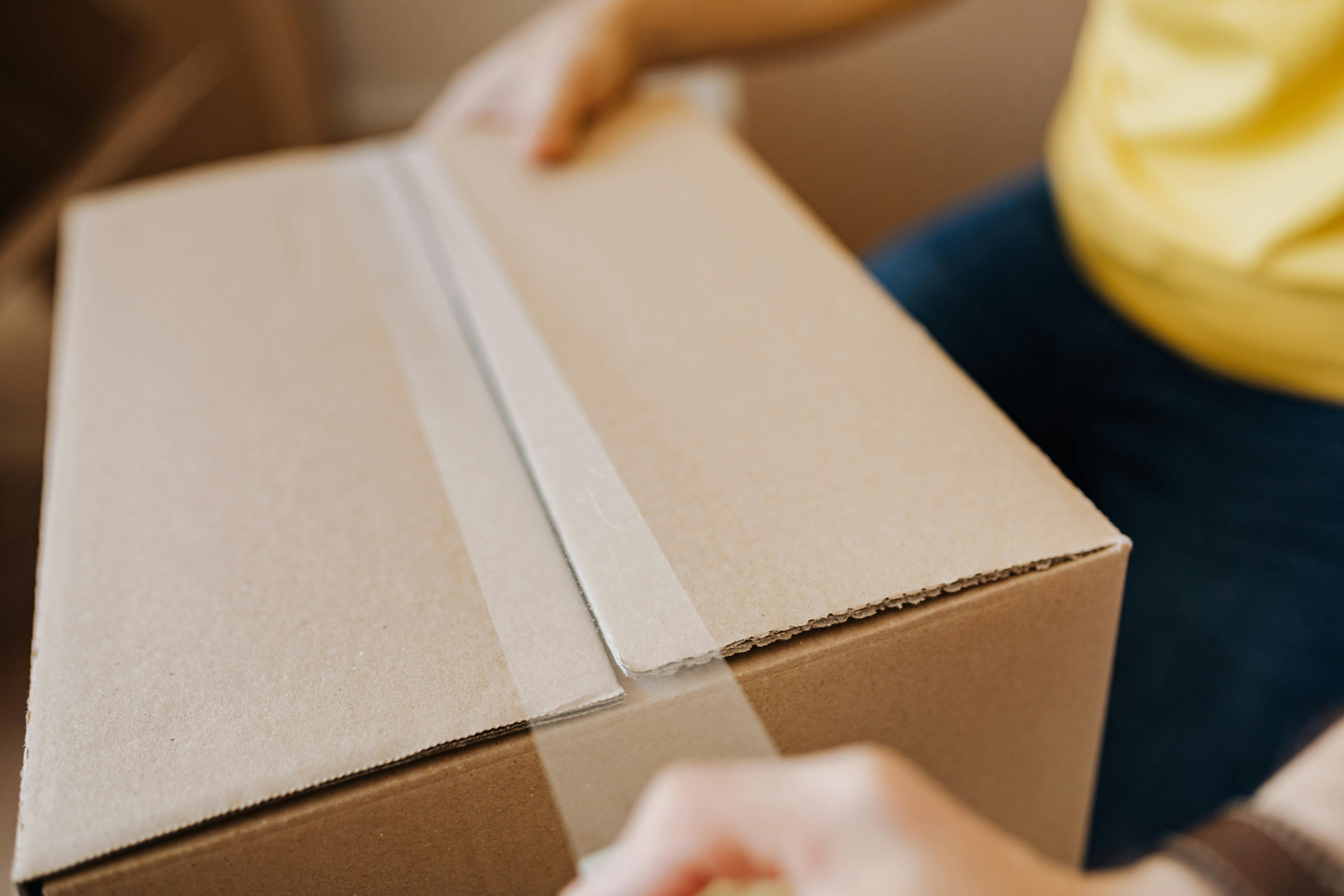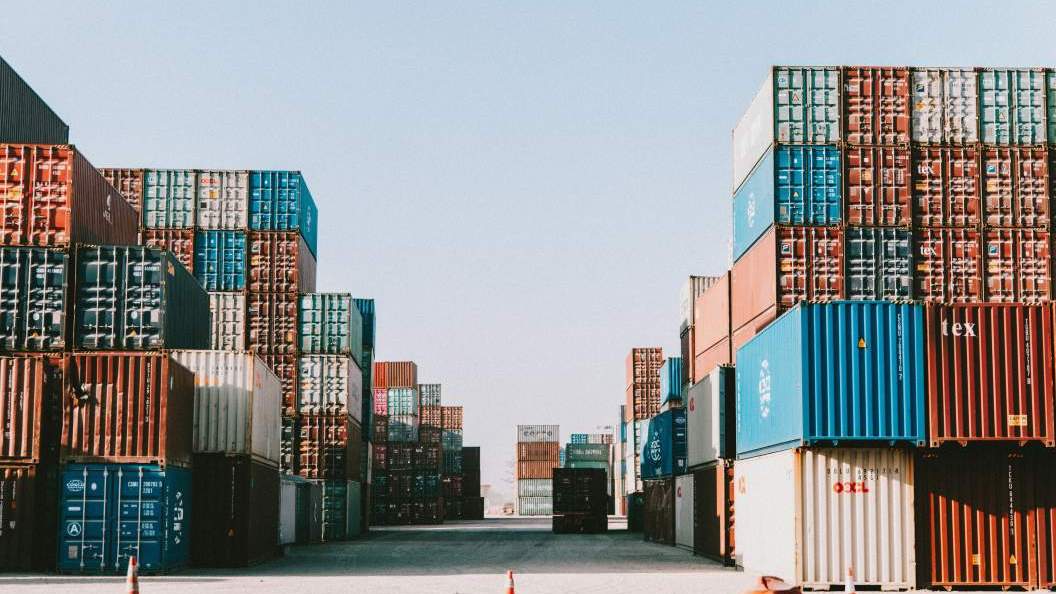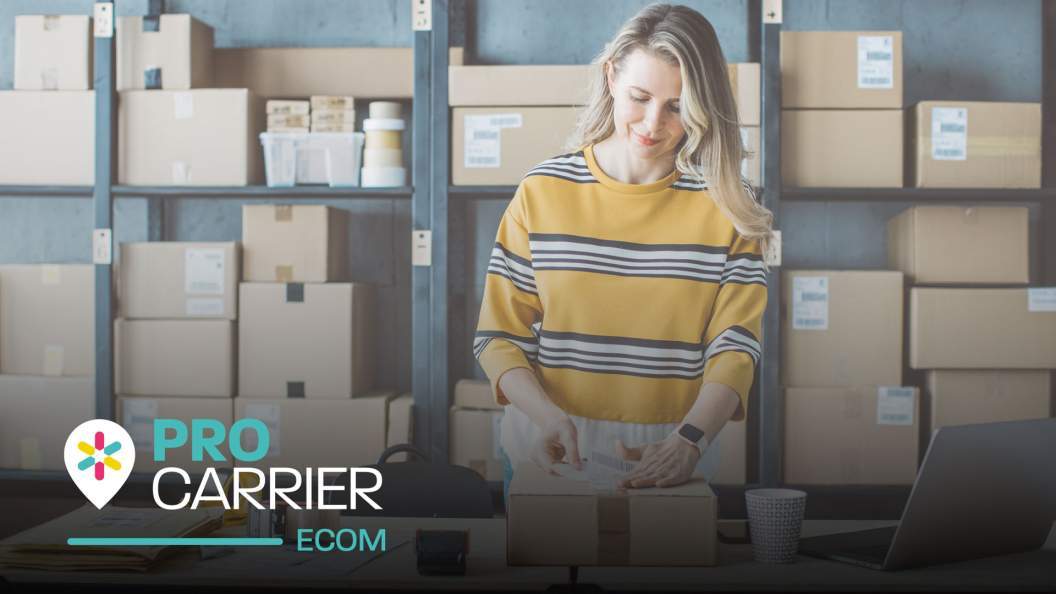Returns are an inevitable part of online shopping. But they don’t have to spell the end of the customer relationship.
Make returns as easy as the initial purchase, and you can significantly increase customer loyalty and the likelihood that customers will shop with you again.
A killer returns policy is a great start, but don’t underestimate the importance of giving customers the right return options. From parcel locker drop-offs to in-store returns, there are several methods to choose from.
That’s why we’re here to help. In this article, we’ll outline the different return methods, show you which ones customers prefer and explain the other thing you need to have to nail your returns process.
The importance of hassle-free returns
Returns are a big part of online shopping. In fact, online shoppers return around one-third of the products they buy online, compared to just 9% for in-store purchases.
But it isn’t just the frequency of returns that online retailers need to worry about. They also need to meet ever-loftier customer expectations.
For example, research by Whistl finds that 65% of UK online shoppers expect returns to be free, while only 3% thought it was reasonable to expect customers to pay.
But a cost-efficient returns experience isn’t enough. Over half of consumers expect the process to be simple and straightforward.
Multiple return options are also important. Six in ten Brits say they prefer different delivery options when returning an item. Customers value retailers who provide the best and most flexible options.
What happens when you fail to meet these expectations?
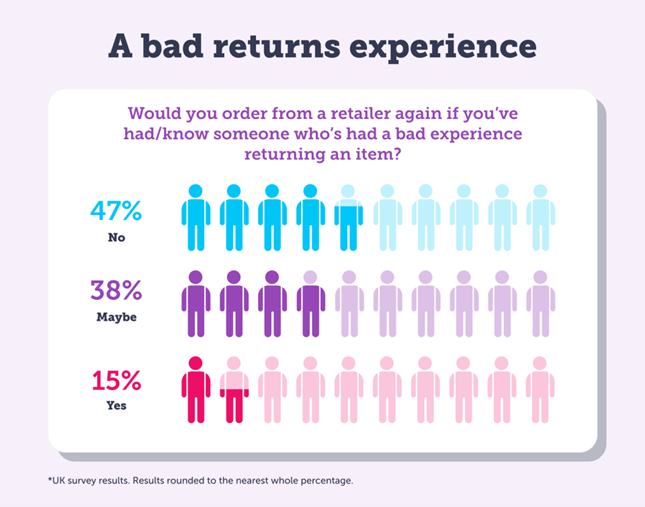
The results aren’t pretty.
Returns can significantly impact brand loyalty. Almost half (47%) of customers in a Gnatta survey said they wouldn’t order from a retailer if they or someone they knew had a bad returns experience.
Return methods
If multiple, flexible returns methods are one of the ways to meet customer expectations, which options should you provide?
Below, we highlight the four most important methods you need to consider as part of your returns management strategy.
In-person returns
In-store returns let consumers return their products to a physical retail location. It’s usually only offered by brands with brick-and-mortar stores, but partnerships between physical retailers and online-only stores aren’t unheard of.
This is an incredibly low-cost returns option for retailers since there are no postage fees. It can also make inventory management easier if you have a physical retail presence. Returns can be used as stock for stores or returned to a central warehouse when new stock deliveries arrive.
In-person returns are also popular with customers—particularly if a convenient location is nearby. Over half of customers prefer to drop off returns at a retail location, according to a study by Happy Returns.
Post Office
In the UK, returning goods to the post office is the preferred destination among all age groups, with almost half (42%) of consumers opting for this method.
That should come as no surprise, given the ubiquitousness of local branches. Almost every consumer will love a short walk or drive away from one. Some branches even have self-service machines, meaning customers don’t have to wait in line.
Many online brands will cover the cost of Post Office returns through pre-paid labels that can be printed off at home or QR codes that are emailed to consumers and shown in-store.
Parcel lockers
Returns to parcel lockers are an increasingly common option that is surging in popularity thanks to the proliferation of locations.
There are over 5,000 InPost parcel lockers in the UK and 50,000 across Europe. Other popular brands include DHL (there are over 13,200 of them in Germany) and DPD (there are over 800 lockers in the Baltic states alone).
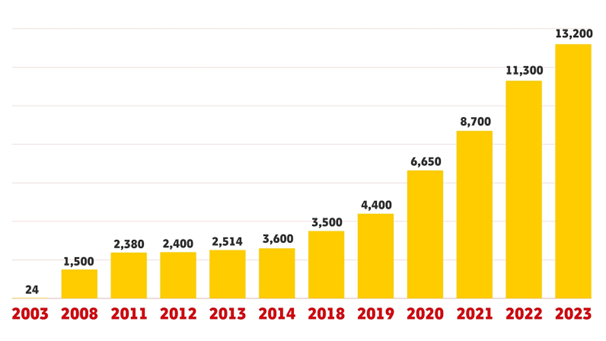
Parcel lockers are available 24/7, making them even more convenient than the post office. Customers are free to drop off their returns at any time of the day or night, as long as there’s space in the locker. These lockers rarely require customers to print a label; most use QR codes instead.
Home pick-up
The home pick-up option is becoming more popular according to Whistl’s study, but only 6% of UK retailers offer this option.
That’s not all that surprising given the additional cost and logistics headache of organising couriers to turn up at a customer’s home at a specified time. This method usually comes with an additional cost for the consumer, as a result.
Nevertheless, it may be a suitable option for high-value returns when both the customer and retailer want the added security that comes with a courier taking responsibility for the package immediately.
Make returns even easier with a self-service portal
Regardless of which return methods you provide, providing customers with a self-service returns portal can streamline the returns process further and increase customer satisfaction.
A self-service return portal is an online application or website that lets customers choose between several of the above return methods, print out the relevant label or generate a QR code, and then track the entire process.
A self-service portal makes the return process much faster, since customers are able to log on and start the process almost immediately. They will love the speed and convenience of a portal that lets them initiate returns on their own time.
Customers can also use the portal to track returns and receive automated updates. This tempers expectations and can reduce the number of customer support requests asking when refunds will be processed.
There are benefits to retailers, too. Centralising and automating the returns process makes things easier to manage and also reduces the likelihood of errors and discrepancies.
A self-service portal also frees up your customer support team to focus on more complex customer issues, rather than executing returns. It also gives your store access to more customer data because you can collect and analyse the reasons for each return.
Outsource your return logistics with Pro Carrier
Retailers don’t have to manage returns on their own. A third-party logistics partner like Pro Carrier can handle your entire order fulfilment process, even the returns.
We have several features and services that make international returns simple for eCommerce retailers.
Our innovative returns solution and customer portal give you complete control throughout the delivery and returns process, while also allowing customers to execute and track their returns.
Our carrier-agnostic approach also means you can provide customers with a variety of returns options and methods depending on the carrier.
We even handle many of the complicated back-end processes like Duty Drawback. Using the data we collect from your outbound delivery and returns to the EU means that we can file for duty drawback on your behalf.
For more information on how Pro Carrier can improve your returns process, speak to one of our experts today.
